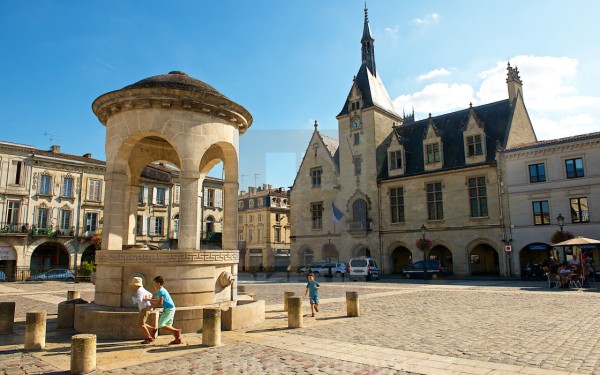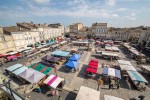
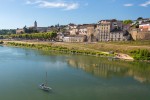
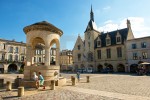
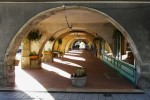
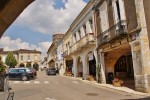
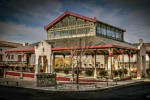
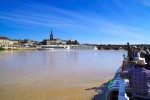
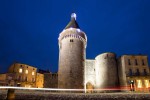
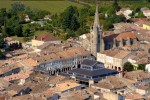
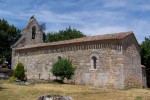
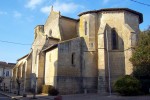
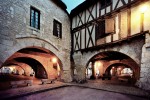
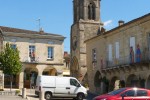
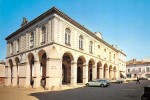
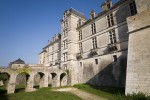
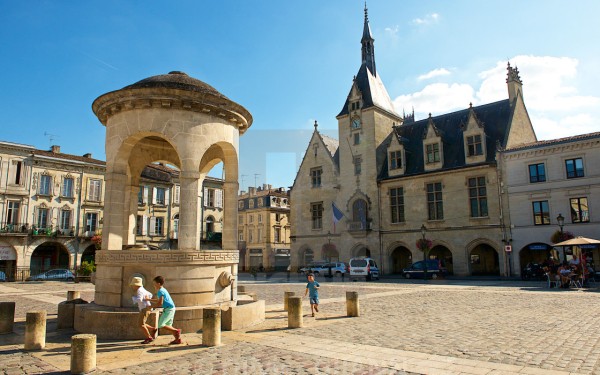
Many new cities were built east of Bordeaux in the 13th and 14th centuries. These cities are called bastides. They are even sometimes referred to as the gems of south west France.
They are ancient villages that all have common characteristics: a straight street plan around a central square with arched galleries. That was and still is the beating heart of the trade and public life of the Bastids. An interesting fact about this is that the market day in Monflanquin has been on Thursday since 1256
There are 315 bastides in France, more than 1/3 of them are in Nouvelle-Aquitaine.
Origin of bastides in France
During the 13th and 14th century there was a lot of conflict between France and England. Gangs roamed in this region and the constant struggle and unrest had a major impact on society at the time. Due to all of this entire area were sometimes deserted and people often lived or moved to a safer place. Some old rulers had the idea to build new cities to protect the population but also to increase their own power. Raymond VII of Toulouse is said to have built the first bastide. The population was attracted by his favorable tax rates and market privileges, due to him every bastide has a foundation deed.
The Paris Treaty (1229) stated that no wall could be built around the new cities. Later on, gates were built to defend the city. Most cities only had local significance and did not become major cities. This has ensured that many bastides have been preserved in their original state.
Residents of the bastides
Bastides are actually model cities of the Middle Ages, built according to a strict plan. However, the establishment in these new cities was not without obligation. Here you lived in peace and eventually the wealth and luxury grew. Houses were even enlarged to be more like small palaces. There is even a time period referred to as the Golden Age of the Bastides. During this time, the residents had to pay less tax than people outside of the bastide, there were even less arrests. Despite all of this, there were multiple rules the residents had to follow.
Every family that settled in the bastide was given a plot to build and live in. A l’ayral, a (public) garden), and a piece of land outside the city walls to cultivate. Some bastides even had vineyards to distribute.
Bastides on the border of the Gironde and Périgord
There are several bastides in the Gironde, Dordogne and Lot, all of which are centuries old. The cities are:
- Blasimon – Known for its night markets in July and August
- Cadillac – Known for its market on the characteristic square on Saturday mornings
- Creon
- Libourne
- Monségur – Known for its beautiful metal hall from the 19th century on the central square, which has a market every Friday. Monasteries surround the central park.
- Pellegrue
- Sainte-Foy-la-Grande - Located on the banks of the Dordogne River, these bastides were founded in 1255 by Alphonse de Poitiers. It is the only bastides in the Gironde that was not founded by the English. The beautiful square with arched galleries has been well preserved.
- Sauveterre-de-Guyenne - King Edward I of England has ordered to build this bastide. The city changed landlords ten times during the 100-year war. The four fortified gates are definitely worth a visit
- Domme
- Cazals
- Villefranche-du-Périgord
- Monpazier
- Beaumont-du-Périgord
- Monflanquin
- Eymet
- Pujols
The following applies to all these bastides: Here you can enjoy the local delicacies at the weekly (farmers) market or summery dinner parties at long tables on the square. There are also various music and theater parties. Multiple markets such as the Brocante & Antiquités markets and the medieval festivals that reflect the rich past of nearby villages and towns.



